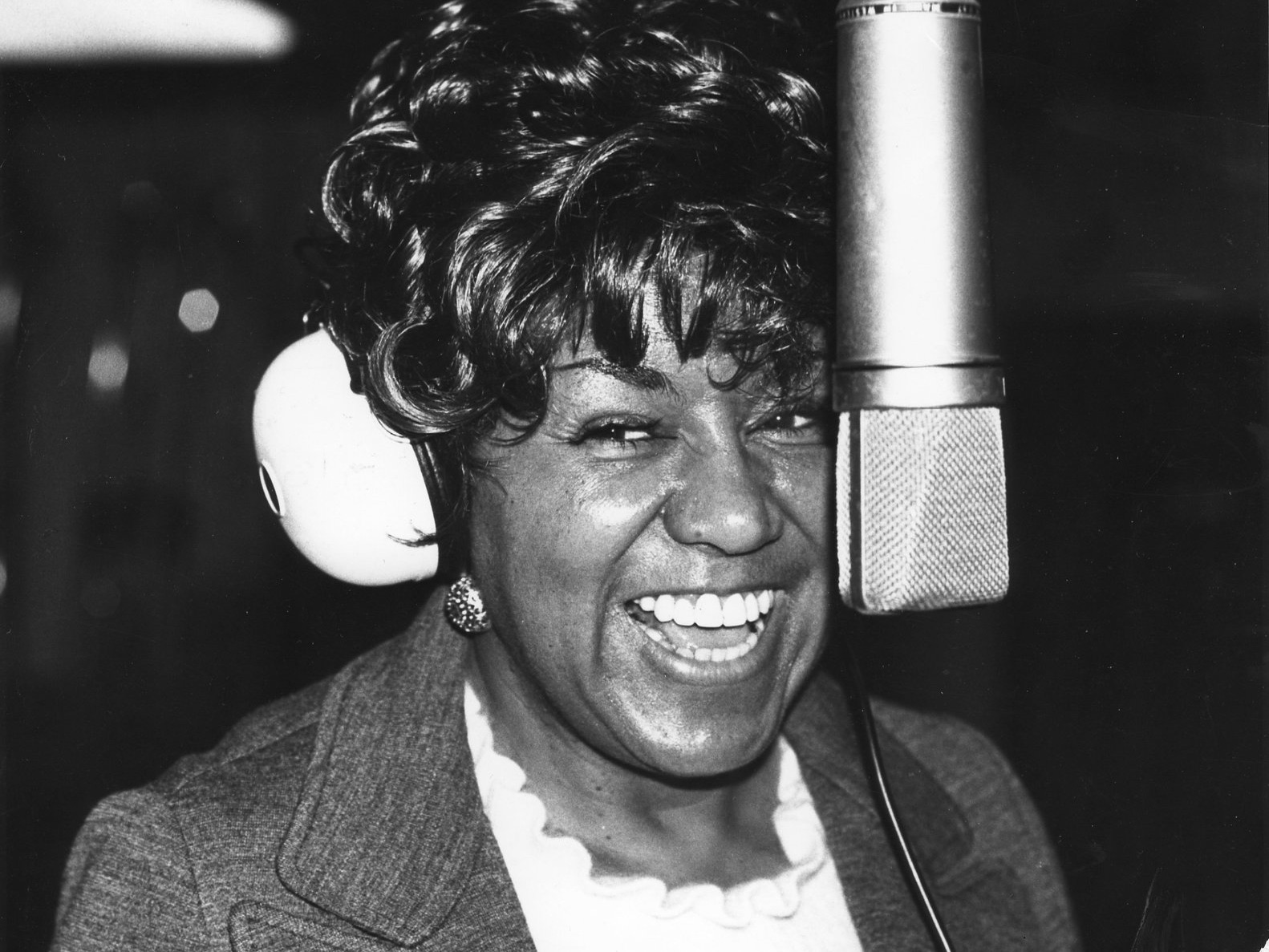Elvis Presley and Frank Sinatra are household names and are considered two of the most revolutionary artists in music history. Songs like Presley’s “I Beg of You” and Sinatra’s “Strangers in the Night” rocked the charts when they were released, so it may be surprising to find out that these American classics weren’t written by the singers, but by POC artists.
Many genres of music, like jazz, rock ‘n’ roll and R&B, can be traced back to POC artists, but it seems that they get little to no credit for the music they’ve developed over the years. Charles Singleton and Rose Marie McCoy were a songwriting duo who were victims of this erased musical history.
Charles Singleton was an American POC songwriter born on Sept. 19, 1913, who grew up in Jacksonville, Florida. He always knew he wanted to be a musician, and he became a skilled songwriter before graduating from Stanton High School in 1935. Singleton ruffled feathers on the Jacksonville music scene, producing music extravaganzas well into the 1940s.
It wasn’t until around 1950 that Singleton decided to pursue a career in songwriting and move to New York City. After signing with the British label Decca Records, it wasn’t long before he went on to partner up with Rose Marie McCoy. The two became a powerhouse duo.
Singleton and McCoy’s first hits were also sung by POC artists. “Well All Right” by Joe Turner and “Mambo Baby” by Ruth Brown were popular at the time, but the song that really put the duo on the map was “Tryin’ to Get to You,” recorded in 1955 by Elvis Presley.
McCoy and Singleton continued to collaborate for eight years, but the two amicably parted ways around 1956.
After his stint with McCoy, Singleton went on to write songs for countless other artists who are known as legends in their genre. Some of these include Ella Fitzgerald, Pat Boone and Nat King Cole. It was Pat Boone’s 1956 song “Don’t Forbid Me” that became one of Singleton’s biggest successes as a songwriter.
Singleton went about a decade without a writing partner before he and Eddie Snyder were approached by Frank Sinatra’s producer, Jimmy Bowen. Bowen asked them to create a vocal rendition of the instrumental song “Beddy Bye,” which was featured in the 1966 film “A Man Could Get Killed.”
This was to be the birth of Frank Sinatra’s comeback song, “Strangers in the Night.” Sinatra was not a fan of the song at first, but after throwing in his famous ad-libbing, he had a change of heart. “Stranger in the Night” was No. 1 on the Billboard Hot 100 in 1966 and was the song that revitalized Sinatra’s career.
Charles Singleton, who died Dec. 12, 1985, was a talented individual, although not nearly as well known as his vocalist counterparts. His is one of the names that should have been at the forefront of music history, but unfortunately, his legacy remains unknown by most to this day.
Rose Marie McCoy was another American POC songwriter. Born on April 19, 1922, she grew up in Oneida, Arkansas. After marrying James McCoy, she moved to New York City in 1942, with just $6 to her name. Living in Harlem, McCoy made her start working at a laundromat and performing in nightclubs on the weekends.
As McCoy became more popular in the Harlem clubs, other nightlife venues took notice. She sang at the famous Baby Grand in Harlem, the Flame Show Bar in Detroit and she even went up to Toronto to sing at Basin Street. There she opened for class acts, like Ruth Brown and Dinah Washington.
It wasn’t until 1952 that she began her songwriting career. McCoy wrote and recorded two of her own songs, and from there, publishers sought her out to write for her. One of her earliest and most successful works was co-written by Leroy Kirkland and sung by Big Maybelle, titled “Gabbin’ Blues.” The song reached No. 3 on the Billboard R&B chart and was the track that made Big Maybelle go big.
McCoy continued to write for Big Maybelle for several years before teaming up with Charles Singleton in 1954. The duo’s first big hit was Faye Adams’ “It Hurts Me to My Heart” and was one of the first songs they wrote together in 1954. The pair wrote two songs for Elvis Presley, “I Beg of You” and “Tryin’ to Get to You.”
After the pair split up, McCoy continued to write music and collaborate with other artists. The peak of her career came when she wrote “It’s Going to Work Out Fine” with Joe Seneca, which was sung by Ike & Tina Turner. In 1961, the song reached No. 14 on the Billboard Hot 100 and No. 2 on Billboard’s R&B chart, and it was nominated for a Grammy.
Instead of signing with a record label, McCoy stood her ground as an independent artist even with offers from Motown, Atlantic and Stax Records. She wanted to take control of her own music career and didn’t want to be tied down to a record label to tell her how she should write her music.
While McCoy is most well known for her contributions to the R&B scene in the ‘50s and ‘60s, she later went on to write jazz, rock ‘n’ roll, country, pop and even gospel music. She also composed jingles, her most famous of which is the one sung by Aretha Franklin and Ray Charles for Coca-Cola.
McCoy took a stand in the music industry by continuing her career as an independent artist. This practice was far from the norm at the time; it was thought that anybody who was somebody has signed with a major music label. McCoy, who died Jan. 20, 2015, is an inspiring figure in music history. But did the choice to remain in control of her own music cause her to be forgotten?
These two talented POC artists seem to have been lost in history. There are many other unsung voices behind the musical greats we all know and love, but songwriters don’t get the same recognition that vocalists do and are often left in the dust. Next time you pull up your favorite playlist, take a moment to look at the artist credits. You never know who the creative mind may be behind your favorite music.
















